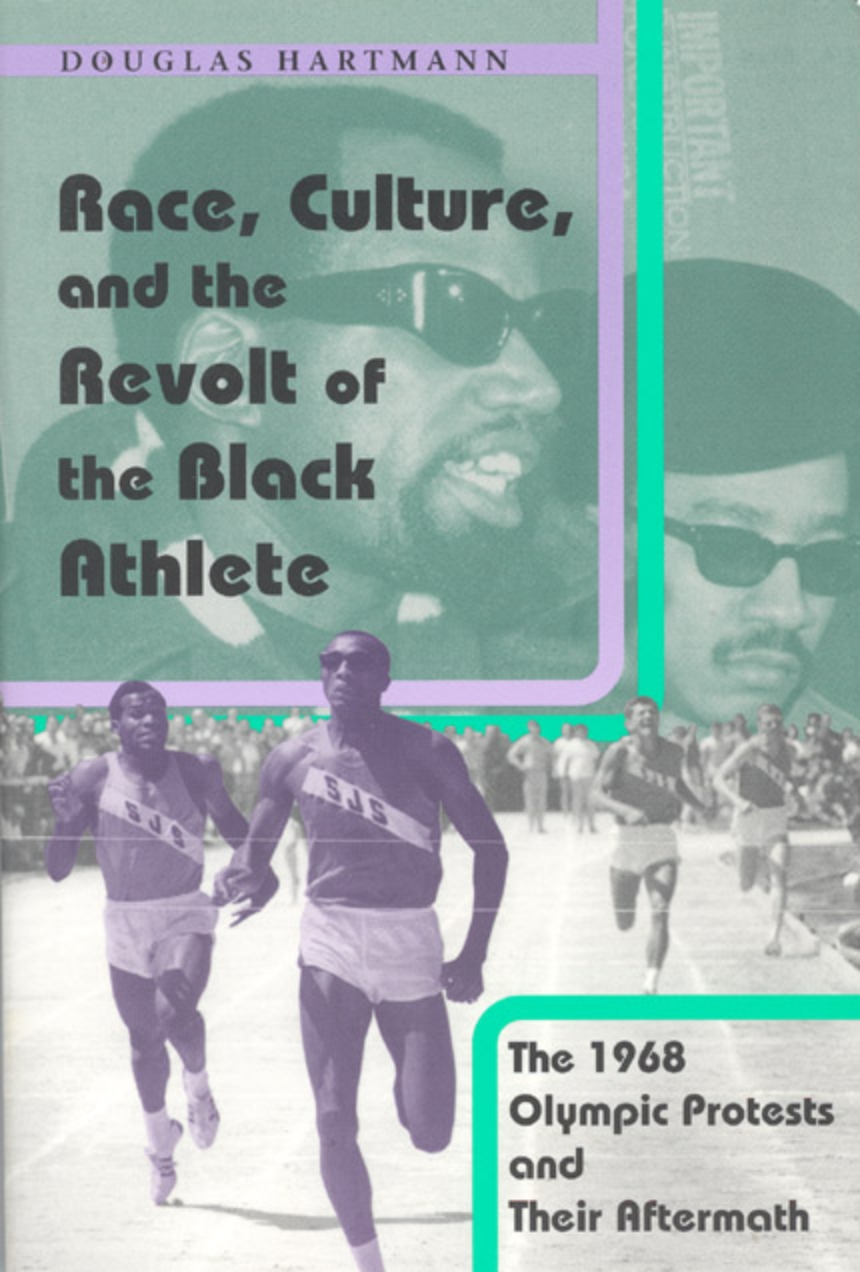Race, Culture, and the Revolt of the Black Athlete
The 1968 Olympic Protests and Their Aftermath
9780226318561
9780226318554
Race, Culture, and the Revolt of the Black Athlete
The 1968 Olympic Protests and Their Aftermath
Ever since 1968 a single iconic image of race in American sport has remained indelibly etched on our collective memory: sprinters Tommie Smith and John Carlos accepting medals at the Mexico City Olympics with their black-gloved fists raised and heads bowed. But what inspired their protest? What happened after they stepped down from the podium? And how did their gesture impact racial inequalities?
Drawing on extensive archival research and newly gathered oral histories, Douglas Hartmann sets out to answer these questions, reconsidering this pivotal event in the history of American sport. He places Smith and Carlos within the broader context of the civil rights movement and the controversial revolt of the black athlete. Although the movement drew widespread criticism, it also led to fundamental reforms in the organizational structure of American amateur athletics. Moving from historical narrative to cultural analysis, Hartmann explores what we can learn about the complex relations between race and sport in contemporary America from this episode and its aftermath.
Drawing on extensive archival research and newly gathered oral histories, Douglas Hartmann sets out to answer these questions, reconsidering this pivotal event in the history of American sport. He places Smith and Carlos within the broader context of the civil rights movement and the controversial revolt of the black athlete. Although the movement drew widespread criticism, it also led to fundamental reforms in the organizational structure of American amateur athletics. Moving from historical narrative to cultural analysis, Hartmann explores what we can learn about the complex relations between race and sport in contemporary America from this episode and its aftermath.
376 pages | 11 halftones | 6 x 9 | © 2003
Culture Studies:
History: American History
Sociology: Race, Ethnic, and Minority Relations, Sociology of Arts--Leisure, Sports
Table of Contents
Preface: Sport, Race, and a Decade of Disruption
Acknowledgments
List of Illustrations
Introduction
1. Unforgettable Fists
Part I: The Movement 1967-1968
2. Agents of Challenge
3. Of Civil Rights, Culture Fights, and Abstract Ideals
4. Movement Mobilizing
5. Power Plays: Trials, Triumphs, and Polarization
Part II: The Aftermath, 1968 to 1978 and Beyond
6. Only Just Begun
7. Resolving the Racial Crisis
Conclusion
8. The Cultural Politics of Sport and Race in the Postprotest Era
Epilogue: Atlanta, 1996
Bibliography
Index
Acknowledgments
List of Illustrations
Introduction
1. Unforgettable Fists
Part I: The Movement 1967-1968
2. Agents of Challenge
3. Of Civil Rights, Culture Fights, and Abstract Ideals
4. Movement Mobilizing
5. Power Plays: Trials, Triumphs, and Polarization
Part II: The Aftermath, 1968 to 1978 and Beyond
6. Only Just Begun
7. Resolving the Racial Crisis
Conclusion
8. The Cultural Politics of Sport and Race in the Postprotest Era
Epilogue: Atlanta, 1996
Bibliography
Index
Awards
North American Society for Sport History (NASSH): Sport History Monograph of the Year
Honorable Mention
